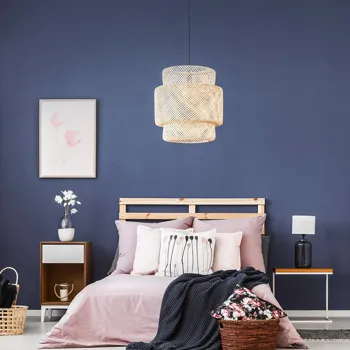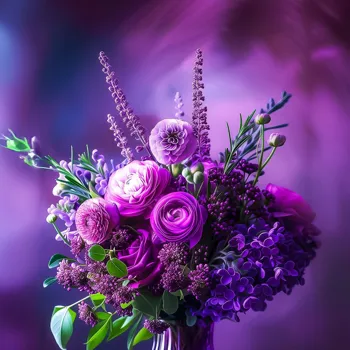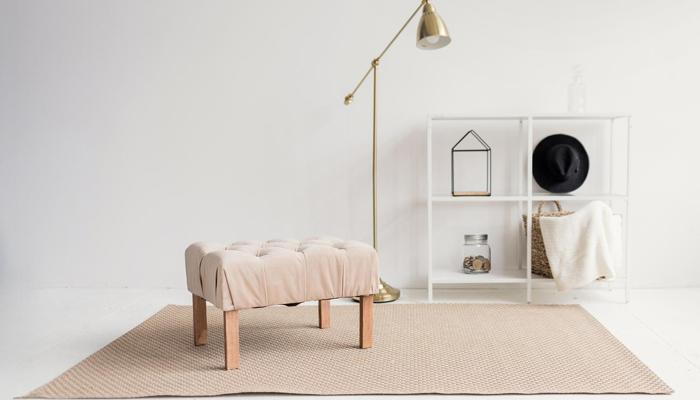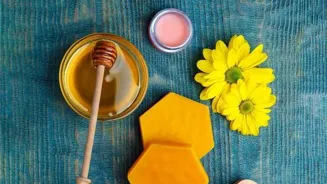Unlock the mystery behind colors & their impact on mood & behavior. Dive into the psychology of colors! Read more
In a vibrant country like India, where colors are an integral part of our festivals, clothing,
and even food, it's hard not to notice the powerful impact they have on our daily lives. But have you ever wondered why certain colors make you feel happy, calm, or even energized?
That's the psychology of colors at play – the study of how different hues influence our emotions, thoughts, and behavior. While individual experiences and cultural backgrounds can shape our perception of colors, there are some common psychological effects that many people share.
Let's dive into the fascinating world of color psychology and explore how colors can subtly but significantly affect our well-being.
Red symbolizes energy and passion in various cultures and contexts
Red is often linked with feelings of excitement, energy, and passion. Think of the bright red sindoor worn by married Hindu women as a symbol of energy and commitment, or the red decorations during Diwali signifying prosperity and good fortune.
However, red can also evoke a sense of urgency or even anger, which is why it's often used in traffic signals and warning signs. Businesses often use red in their branding to grab attention and create a sense of enthusiasm.
Blue promotes calmness, trust, and intelligence
Blue, on the other hand, tends to have a calming and soothing effect. Imagine the vast blue sky or the deep blue ocean – these images often promote feelings of peace, tranquility, and stability.

Blue is often associated with trust, reliability, and intelligence, which is why it’s a popular choice for banks, hospitals, and corporations. It is often used in bedrooms and study areas to promote relaxation and focus.
Different shades can have slightly different effects, with lighter blues feeling more refreshing and darker blues feeling more sophisticated.
Yellow symbolizes happiness, creativity, but can be overwhelming
Yellow is often associated with happiness, optimism, and warmth. Think of the bright yellow marigolds used in decorations during weddings and festivals, symbolizing new beginnings and prosperity.
Yellow can also stimulate mental activity and creativity, making it a good choice for workspaces and study areas. However, too much yellow can sometimes be overwhelming or even irritating to some people, so it's best used in moderation or in combination with other colors.
Yellow is also a color that is associated with the Sun God.
Green symbolizes nature, growth, balance, and healing
Green is strongly associated with nature, growth, and harmony. It often evokes feelings of balance, tranquility, and rejuvenation. Green is a popular choice for eco-friendly brands and products, as it symbolizes sustainability and environmental consciousness.
It is often used in hospitals and healthcare settings to promote healing and wellness. Different shades of green can have slightly different effects, with lighter greens feeling more refreshing and darker greens feeling more grounded.
Orange is energetic and warm, used in marketing and dining
Orange is a combination of red and yellow, it evokes both energy and happiness. It's often associated with enthusiasm, creativity, and warmth. It can also stimulate appetite and encourage social interaction, making it a popular choice for restaurants and cafes.
However, orange can also be perceived as loud or flamboyant, so it should be used thoughtfully. Orange is often used in advertising to grab attention and create a sense of excitement. Saffron is another shade of orange a hue that represents courage, sacrifice and renunciation.
Purple symbolizes royalty, spirituality, and luxury, evoking creativity and wisdom
Purple is often associated with royalty, spirituality, and luxury. It can evoke feelings of creativity, imagination, and wisdom. Purple is often used in religious settings and spiritual practices, as it promotes contemplation and inner peace.

However, purple can also be perceived as mysterious or even melancholic, so it should be used carefully. Different shades of purple can have slightly different effects, with lighter purples feeling more delicate and darker purples feeling more opulent.
Colors impact mood in decor, design, and fashion choices
Understanding the psychology of colors can be incredibly useful in various aspects of our lives. For example, when decorating our homes, we can choose colors that promote the desired mood and atmosphere in each room.
When designing a website or marketing materials, we can use colors strategically to attract attention and influence customer behavior. Even in our personal wardrobes, we can choose colors that reflect our personality and enhance our confidence.
Color psychology is subjective due to personal factors
But keep in mind that color psychology is not an exact science. Individual preferences, cultural backgrounds, and personal experiences can all play a role in how we perceive and react to different colors. What one person finds calming, another might find boring.
What one person finds exciting, another might find overwhelming. It's important to be mindful of these individual differences when applying color psychology in practice.
Colors impact mood and behavior, use them wisely for success and happiness
In conclusion, colors have a powerful impact on our mood and behavior, influencing our emotions, thoughts, and actions. By understanding the psychology of colors, we can harness their power to create positive experiences, enhance our well-being, and achieve our goals.
Whether it's choosing the right colors for our homes, our businesses, or our personal lives, being mindful of the effects of colors can make a significant difference in our overall happiness and success. So, embrace the vibrant world of colors and let them work their magic in your life!










